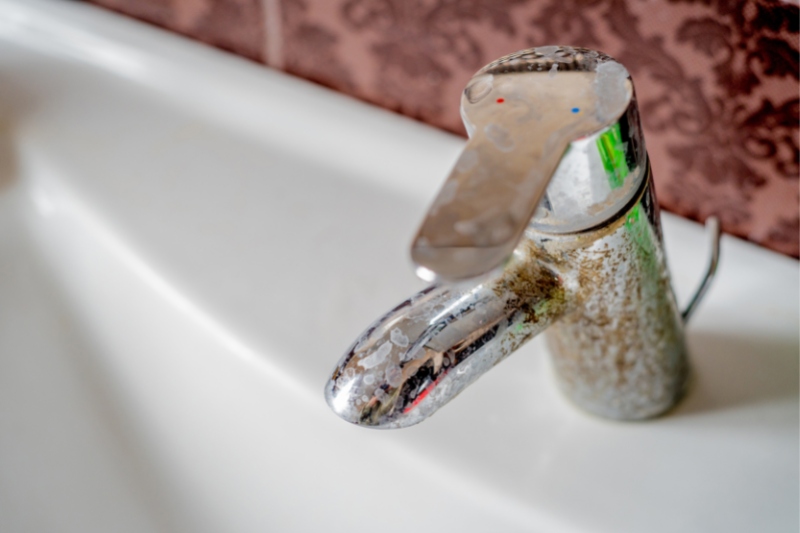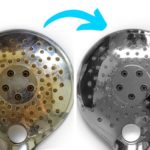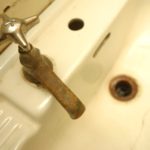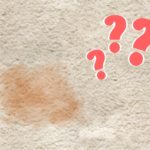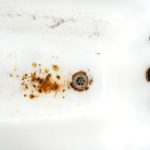Chrome is a term used to describe chromium that has been electroplated over another metal. In simpler terms, a thin layer of chrome is used to help strengthen objects made of other metals and provide them with a shiny, protective layer.
Unfortunately, this protective layer can fail. In this instance, rust will start to form on the chrome-plated item, thereby ruining its classic, shiny finish.
Although it is possible to remove this rust, you need to be careful not to use a harsh cleaner else you risk damaging the chrome and making the issue worse!
Thankfully, we have a great list of cleaning methods that can safely restore your chrome to look as good as new. Read on to learn how to remove rust from chrome and protect it from further damage.
How Do You Remove Rust from Chrome Without Damaging it?
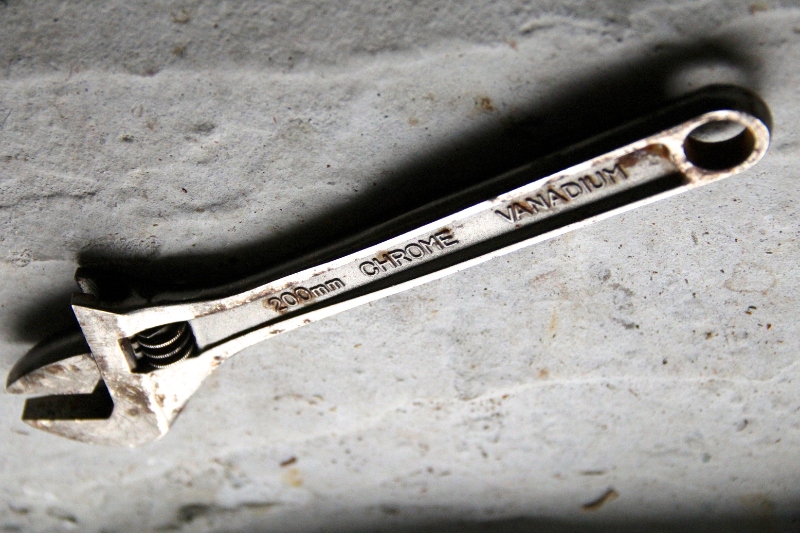
There are many different options for removing rust from chrome. As always, there are commercial cleaners on the market that are designed for this purpose, but there are also some DIY alternatives in our list that you can choose from. We’ve listed some fantastic options in the sections below.
Before using any of the following methods, it’s best to do a small patch test on an inconspicuous part of the chrome first to ensure no damage will occur.
There are paints out there that mimic the appearance of chrome plating, and these coatings will become damaged by most of the cleaners in this list. If unsure, we recommend sticking to one of the mild acid cleaners.
1. Aluminium foil
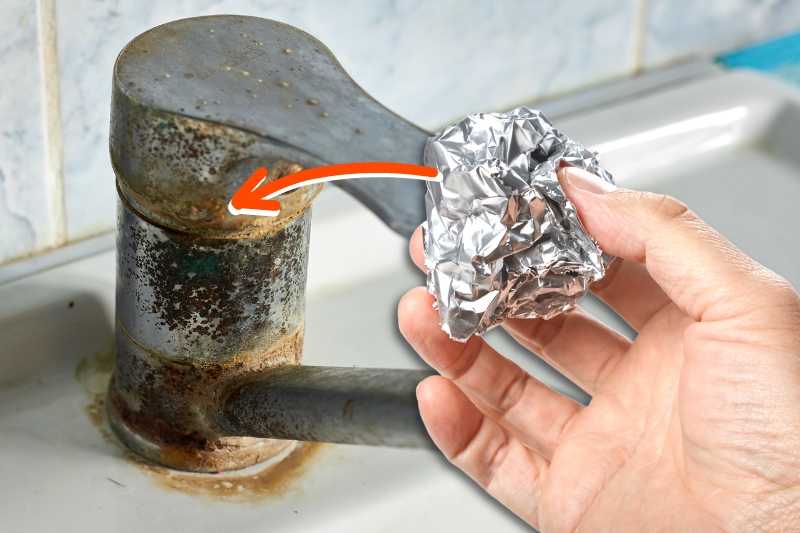
Aluminium foil is one of the best and most well-known options for removing rust from chrome. These thin metal sheets easily scrub away any traces of rust without leaving scratch marks behind on the mirrored surface.
You’ll likely already have a roll of aluminium foil in your house, making it an excellent option for last-minute cleaning.
When aluminium foil is rubbed against rust, it causes a chemical reaction in which the oxygen in the rust bonds with the aluminium and is lifted away.
For this chemical reaction to occur, the aluminium foil must be dipped in water before it is rubbed against the chrome. Any water will work, but salt water will help to speed up the removal process.
One of the best things about this cleaning method is that the chemical reaction also leaves your chrome plating with a protective aluminium ion layer. This layer will help to protect the chrome from becoming rusty again in the future.
2. Mild acid
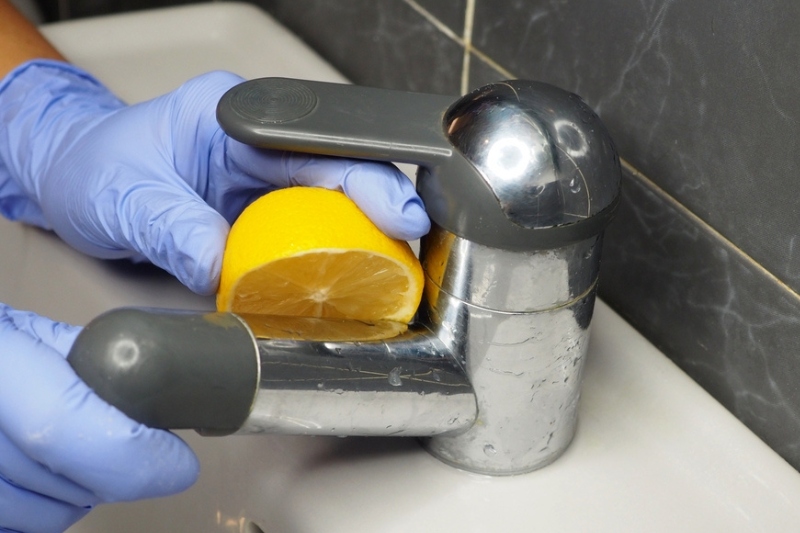
Another option for removing rust marks from chrome is to use a mildly acidic solution.
Some of the best options around the home include lemon or lime juice, Coca-Cola, and white vinegar. These liquids contain citric acid, phosphoric acid, and acetic acid, respectively.
To effectively dissolve rust marks on chrome, these solutions need to be highly saturated. Therefore, you shouldn’t water them down with any other liquid.
Instead, simply soak the chrome in your chosen cleaner (or apply the acid using a cloth if this is not possible), and leave it to work for at least 15 minutes.
Once the time is up, gently scrub at the rust using a cloth until the area becomes clean. Make sure to rinse off all traces of the cleaner once done to prevent the acid from continuing to work, and then leave the chrome to dry.
If using Coca-Cola, this process will be more difficult as the sugar will make the surface sticky.
3. White vinegar, salt and flour
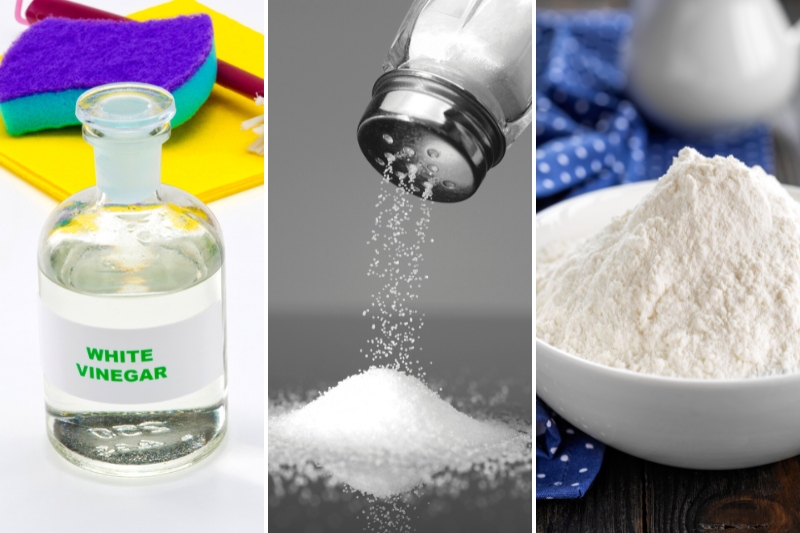
If you think you’d find a paste easier to work with, you can also combine white vinegar with salt and flour to form your own rust remover.
The acid in the vinegar dissolves the rust flakes, while the abrasiveness of the salt helps scrub them off of the chrome surface. Meanwhile, the flour helps bring all the ingredients together.
To make the rust removal paste, combine one teaspoon of salt with 100 ml of white vinegar and two tablespoons of flour. This mixture can then be put on a cloth or sponge and used to gently scrub at the rust marks.
After scrubbing, allow the paste to sit for 30 minutes to help remove any remaining rust patches. You can then rinse the rust residue and any remaining cleaner off of the chrome before drying and buffing the surface.
4. Bicarbonate of soda

The last DIY rust remover on this list is bicarbonate of soda. This popular household ingredient has many different uses for cleaning, as it is mildly abrasive. This means it can easily scrub any rust marks off of a chrome surface with just a little elbow grease.
To effectively use bicarbonate of soda for rust removal, you need to combine the powder with a bit of water so that a paste forms.
Two parts bicarbonate of soda and one part water typically make the perfect paste consistency for this task.
Once you’ve created your paste, rub it onto any rust patches using a clean cloth or sponge.
Gently scrub at the rust for a few minutes before rinsing the surface with water and drying it off with a towel. This process can be repeated as many times as needed to completely remove all traces of rust.
5. Store-bought cleaner
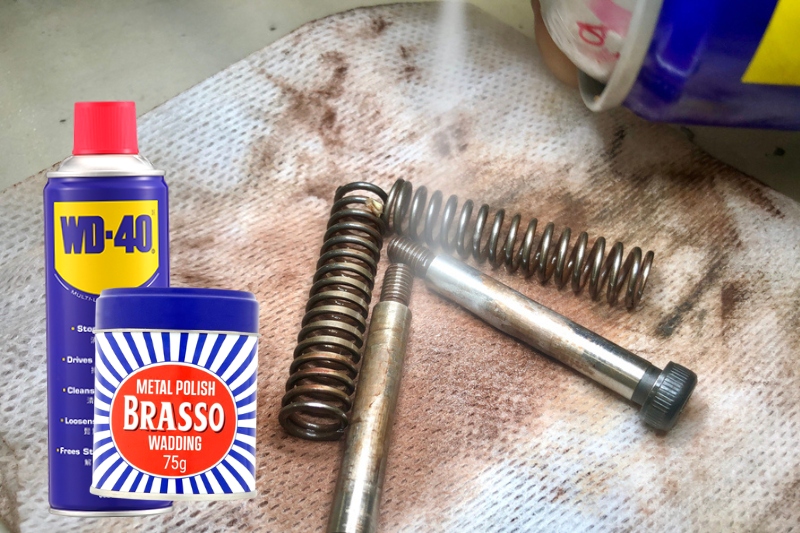
If none of our homemade rust removers take your fancy, there is always the option of purchasing a commercial rust remover instead.
Plenty of different products out there will do the trick, but make sure to buy one made for use on chrome to avoid any damage.
Two of the most popular brands on the market today are WD-40 and Brasso. Both of these products have multiple uses around the home and are very simple to use.
No matter which cleaner you buy, you will always achieve the best results when using the product according to the packet instructions.
However, most products will tell you to coat the chrome in the cleaner and gently scrub at the rust using brass or steel wool.
If you opt for steel wool, make sure you don’t use a grade higher than #0000, as this will leave scratch marks.
What Causes Chrome to Rust?

Although it often appears this way, chrome itself cannot rust. This is why it is a popular choice for coating other metals (such as stainless steel), which will rust when exposed to oxygen and water. When chrome appears to have rusted, it is because it has started to corrode.
This corrosion causes cracks to appear in the chrome plating, therefore allowing the protective barrier to be penetrated by water and oxygen.
Over time, this leads to a chemical reaction in which the iron underneath the plating bonds to oxygen, forming iron oxide, better known as rust. This rust will be visible on the surface of the object, making the chrome finish look rusty.
Once the chrome plating has cracked and the underlying metal has been exposed, the item will continue to be prone to rusting unless the barrier is sealed.
To prevent this, we recommend coating your chrome in a chrome polish or wax after removing the rust build-up. The coating will act as a sealant and protect the iron from further exposure to water and oxygen.

Hannah has a passion for cleaning. She worked her way around Australia by cleaning hostels in exchange for free accommodation and used her cleaning skills to bag a job as a chalet host for a luxury ski company in France.
